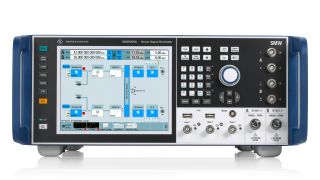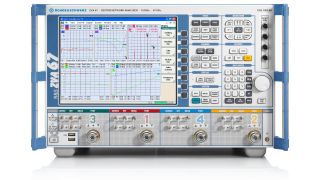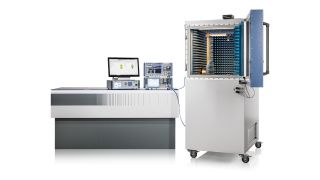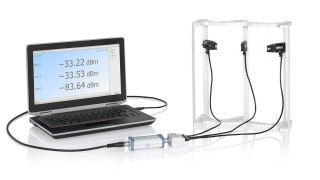WLAN IEEE 802.11ad/ay test solutions
Rohde & Schwarz offers outstanding solutions to test today's and tomorrow's multi-gigabit WLANs.
Very high frequency WLAN technologies will enable very high data rates and low latency for short-range communications applications such as multimedia streaming and wireless displays. Multi-gigabit data rates can be achieved because of the broad bandwidth and a less power-restricted spectrum available in the 60 GHz band. In addition, the millimeter wavelengths make it possible to have very small radio architectures with multiple antennas. This enables beamforming, which may compensate the propagation loss at these higher frequencies, enhance the channel capacity and largely improve the quality of experience.











